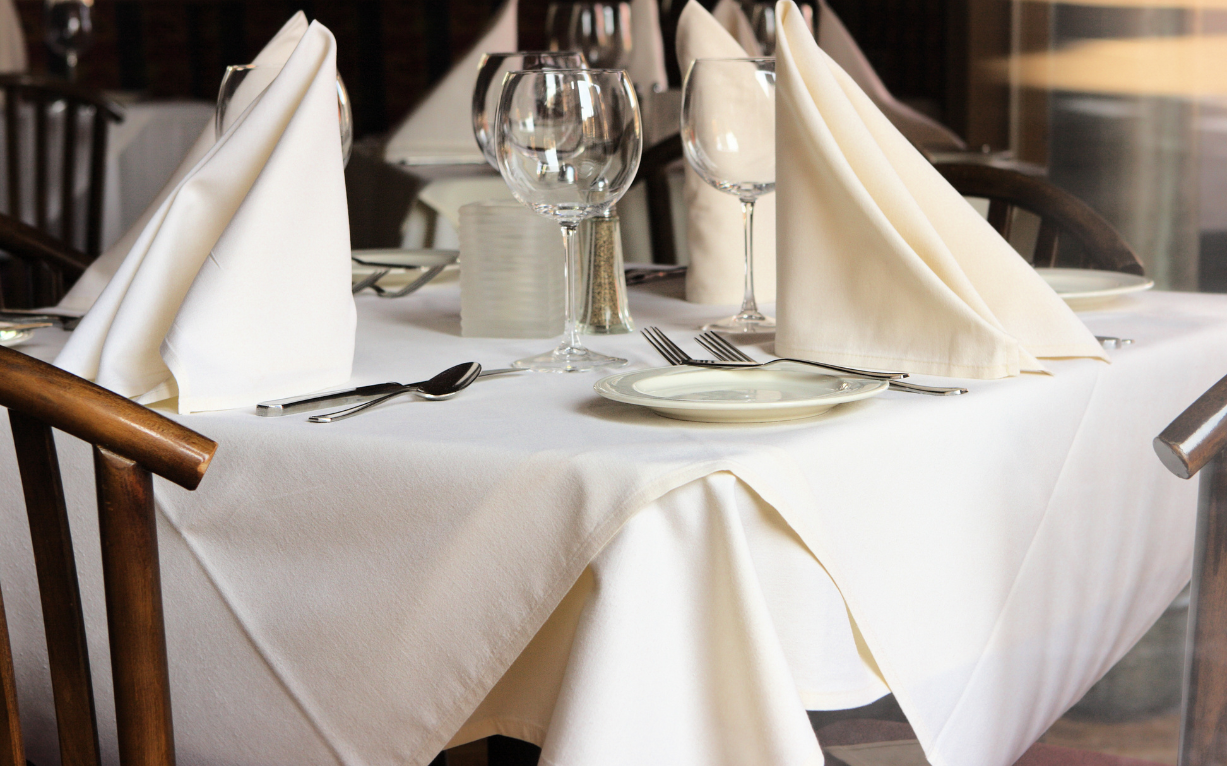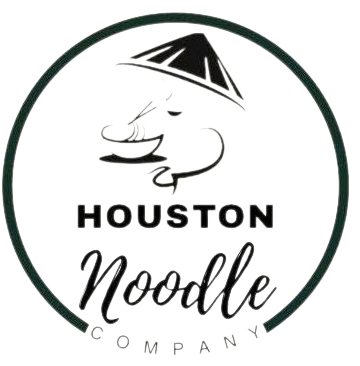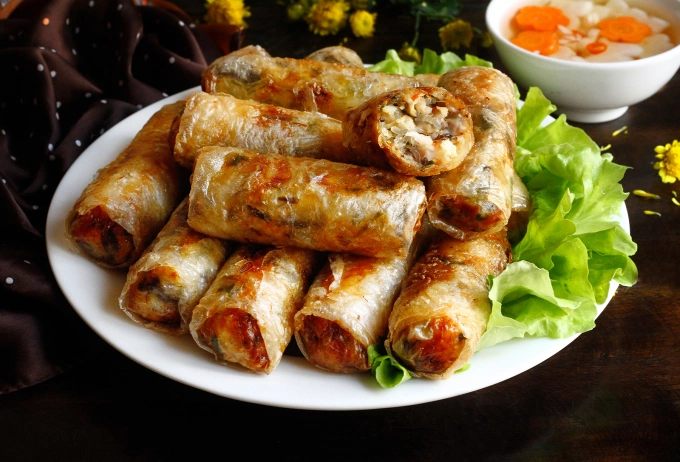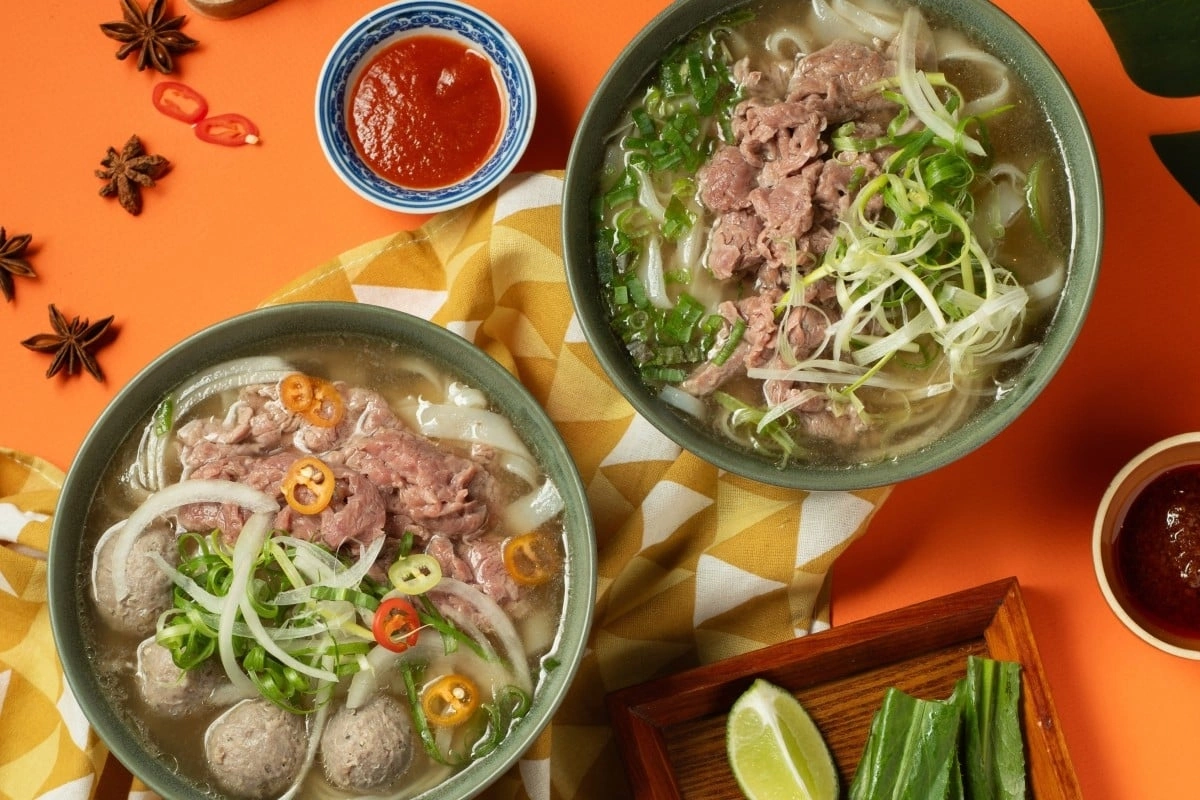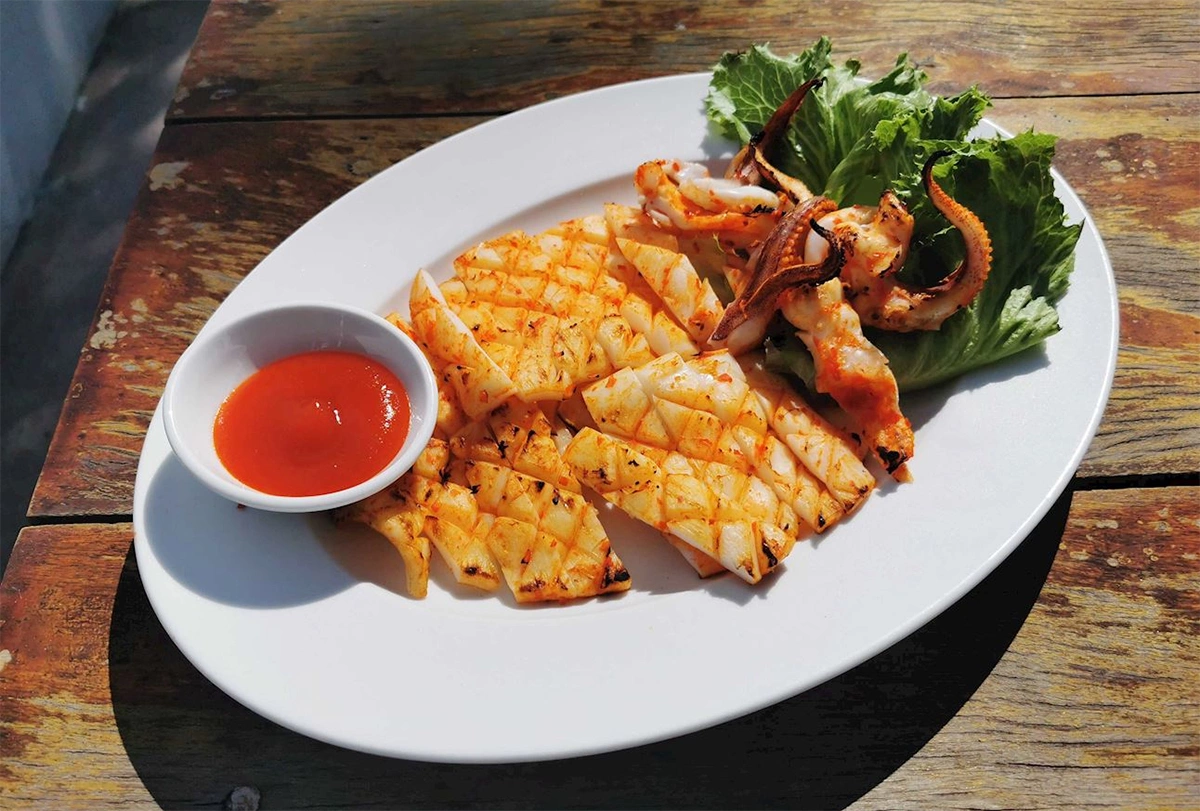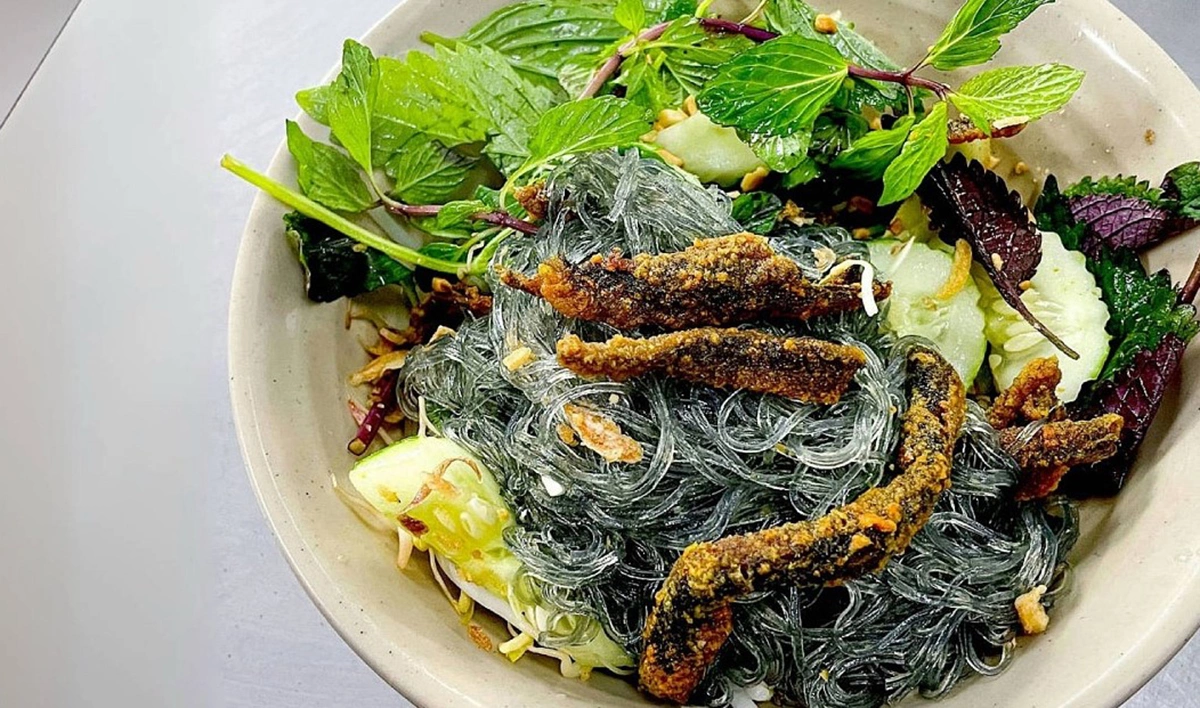Vietnamese bread makes Australians crazy
Article content
Vietnamese shops have been serving delicious, affordable banh mi to urban Australians since the 1980s. The demand for authentic banh mi in Australia began in the 2000s and now banh mi shops are popping up all over the country, even in remote towns.
Banh mi was invented in Vietnam after the French arrived with their signature baguette. Banh mi is simply the name for the Vietnamese-style baguette – lighter and fluffier than the French version, partly due to the climate.
The 1980s saw the rise of Vietnamese small businesses in Australia as migrants arrived with keen business instincts. Business owner Jasmine Dinh said her family settled in Bankstown, south-west Sydney, in the 1970s. They opened a banh mi shop in 1988.
"If you can run your own business and work for yourself, it's better than working for someone else," she said.
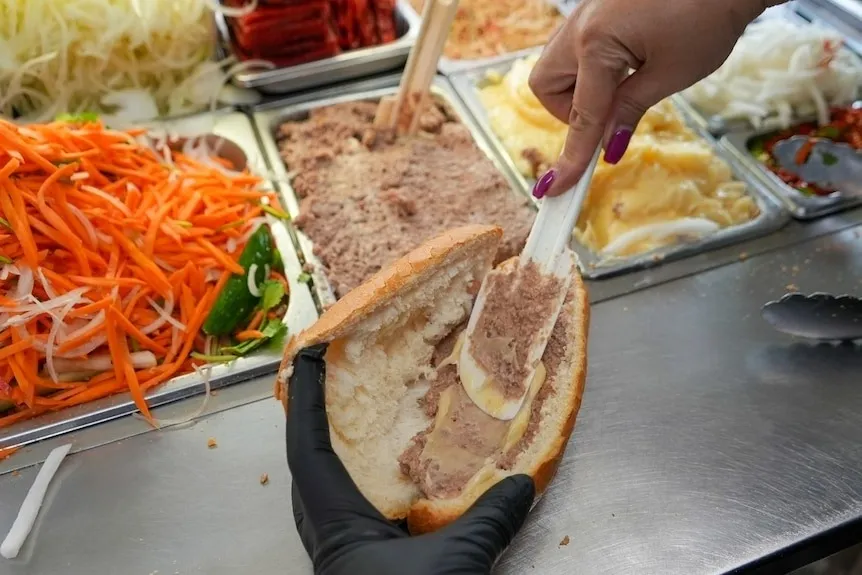
A banh mi cabinet in a Vietnamese shop in Australia. Photo: ABC
Her shop is located in an area with a large Vietnamese community, and previously the majority of her customers were Vietnamese. However, over the past decade, she has seen a change in the customer base. Banh mi is now accepted and loved by locals as well.
Sandwich culture has helped banh mi quickly become popular. Dr Nguyen Austen said sandwiches have always been popular, especially with construction workers, because they are affordable and convenient. The price point of the banh mi makes it extremely affordable for the working class, which has helped it integrate quickly.
Vietnamese restaurateur Kelly Le says most of her customers are now construction workers. When she opened her shop in Carrum Downs, Victoria, in 2017, no one in the area knew what banh mi was.
“They would walk in and ask if they could have pho,” she says.
At first, customers asked for burgers, but after a factory worker tried the banh mi, word quickly spread about the crispy rolls. After that, almost everyone in the factory came and tried the new dish.
In the early days of the business, she was often mistaken for a Chinese by Australian customers. However, once customers learned about the food the restaurant served, they actually wanted to try other Vietnamese dishes.
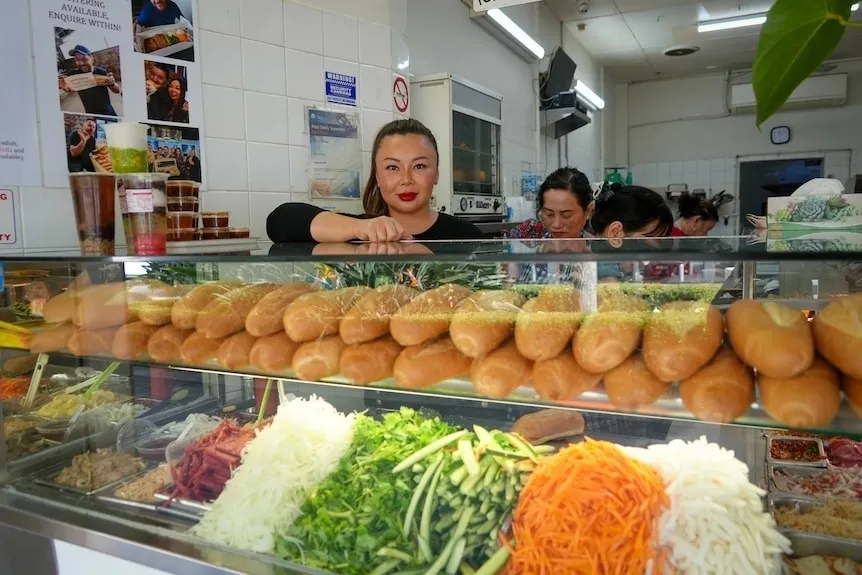
Mrs. Dinh at her banh mi shop. Photo: ABC
Dr Nguyen Austen says food is a great way to learn about and appreciate new cultures. Social cohesion research from the Scanlon Institute shows that 71% of Australians feel welcome to immigrant cultures, while politics and media may suggest otherwise.
After enjoying Kelly Le's food and learning about Vietnamese culture, some customers have traveled to Vietnam. They even asked the owner of the banh mi shop where they should go and where to stay. When she opened the shop, she was the only one selling banh mi. Since then, she has seen at least five other shops open.
Demand for banh mi has spread to regional Australia, giving people in remote areas an option beyond the usual fish and chip shop.
Van Thai Vien Nguyen opened a restaurant in Alice Springs earlier this year after moving from Vietnam. Seeing the lack of dining options in town and craving banh mi himself, he decided to open his own shop. Despite the small Vietnamese community here, he was confident that banh mi would be popular.
"We happily explain to them why banh mi is like that, why there is pate and other things," he said.
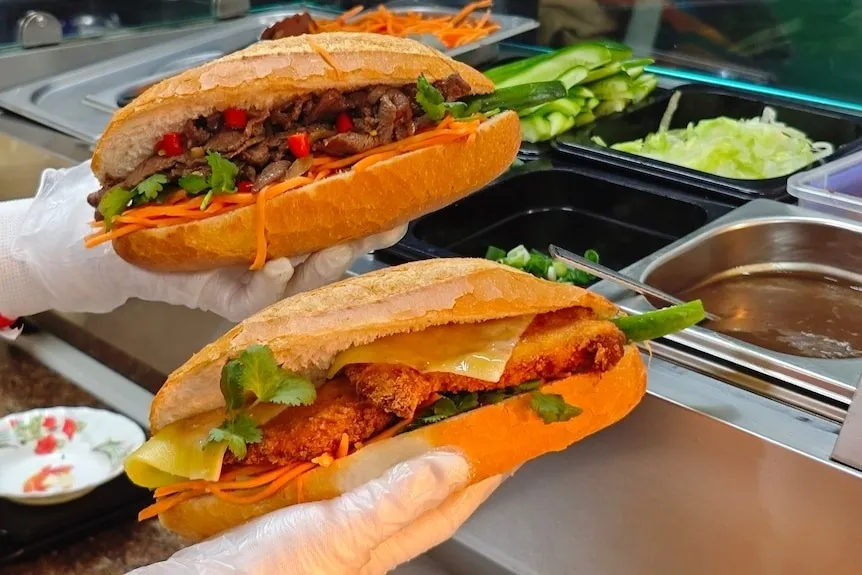
Banh mi in Kelly Le's shop. Photo: ABC
Dr Nguyen Austen said the low cost of banh mi is a highlight of Vietnamese cuisine. According to her, Vietnamese people can create high-quality flavors at low costs. The hardship of the past has helped Vietnamese people make the most of what they have.
While low prices for high-quality products are part of the reason banh mi is popular, this can cause many problems for modern Vietnamese restaurants. Some restaurant owners worry that raising prices will drive away customers because the idea is so ingrained. They compared a kebab in a food court that costs around $9 but the bread is only around $5-6 despite all the ingredients being handmade.
Ca Com Sandwich Shop in Melbourne has received online criticism from customers for selling sandwiches for $10-11. The owners disagree with the idea that sandwiches have to be cheap to be authentic. They say this concept devalues the creativity of Asian cuisine and the hard work of Asian chefs.
Co-founder Jia-Yen Lee said that sandwiches were originally opened to serve the community of people with the same culture. The low prices at that time were reasonable but now they deserve to increase their prices because of the value they create.
Hoai Anh (According to ABC)

